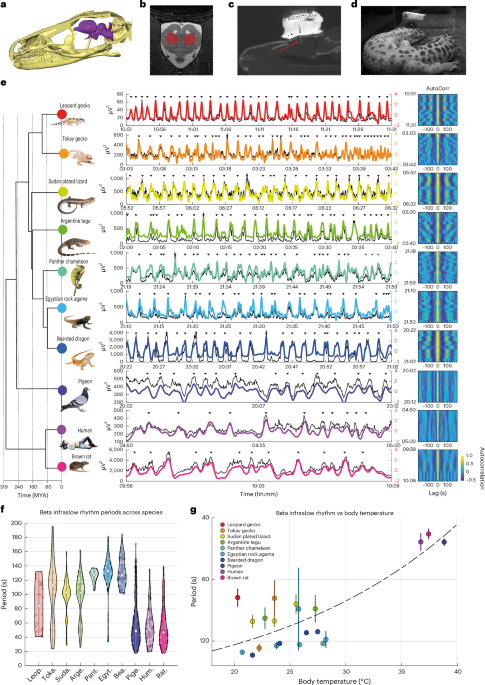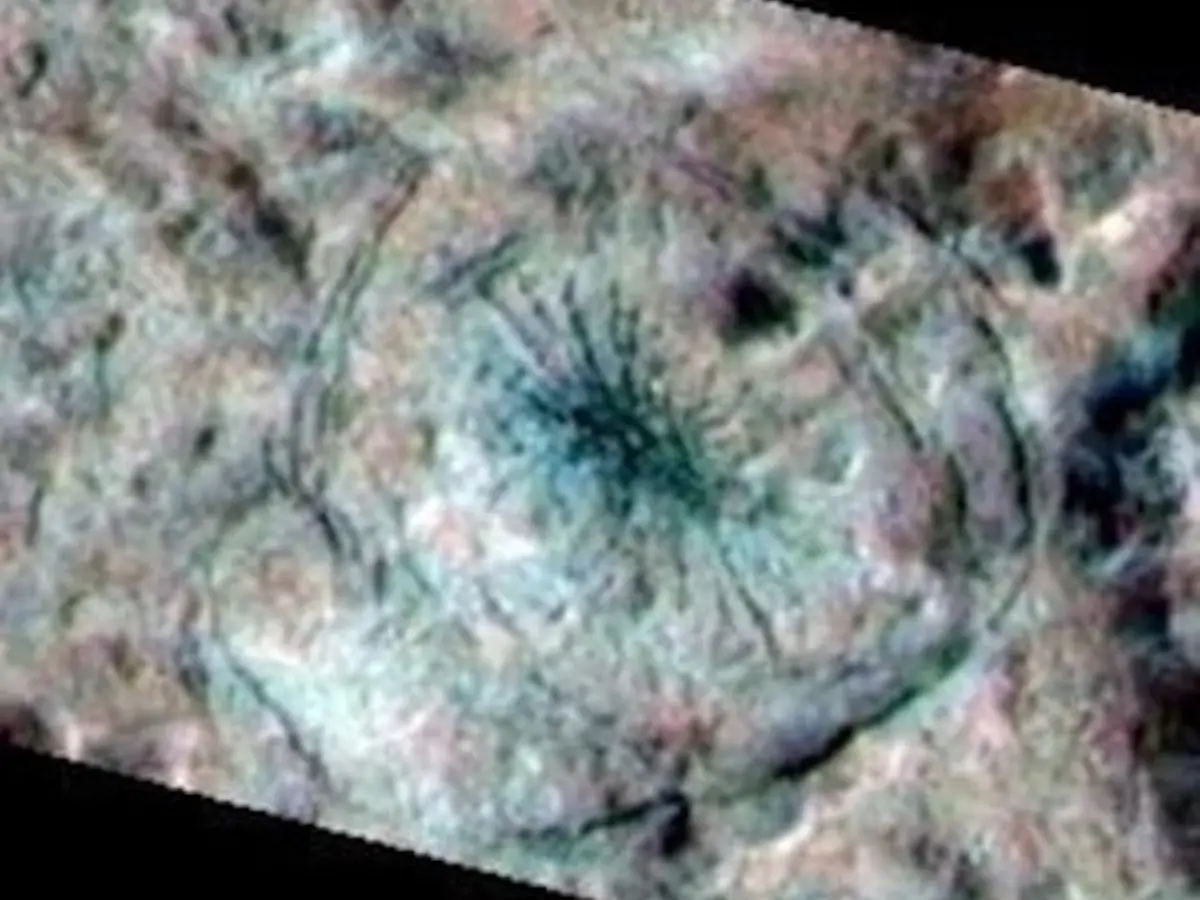China plans to carry out its first crewed lunar landing by 2030 and complete the construction of a basic model of the International Lunar Research Station (ILRS) in the area of the Moon’s south pole by 2035,…
Blog
-

Chinese scientists present advanced technologies for construction of lunar research station
-

Millie Bobby Brown opens up about her battle with depression
Stranger Things actress Millie Bobby Brown got emotional recalling the impact of…
Continue Reading
-
2026 Will Bring A ‘Blood Moon,’ ‘Ring Of Fire’ And Total Solar Eclipse – Forbes
- 2026 Will Bring A ‘Blood Moon,’ ‘Ring Of Fire’ And Total Solar Eclipse Forbes
- Your Ultimate Guide To Stargazing And Astronomy In 2026 Forbes
- The moon and sun figure big in the new year’s lineup of cosmic wonders Inquirer.com
- Top space…
Continue Reading
-

This Week on NeurologyLive® — December 29, 2025 | NeurologyLive
Every week, the NeurologyLive® staff prepares this preview of what to expect from our coverage. This week on NeurologyLive, there are a number of hot topics that we will be posting on the website. As always, our weekly coverage extends beyond…
Continue Reading
-

How AI Could Help Your Grocery Shopping Experience With Nutrition Information
Nutrition has a huge impact on our bodies, including the brain and our emotions, particularly when it comes to highly processed foods.
After spending a lot of time scouring grocery stores for hyper-specific foods and ingredients to maintain an…
Continue Reading
-

Cristiano Ronaldo reveals bold career target after Best Middle Eastern Player win
Cristiano Ronaldo has set a new and inspiring career target after…
Continue Reading
-

Sleep-dependent infraslow rhythms are evolutionarily conserved across reptiles and mammals
Le Bon, O. Relationships between REM and NREM in the NREM-REM sleep cycle: a review on competing concepts. Sleep. Med. 70, 6–16 (2020).
Google Scholar
Vyazovskiy, V. V. & Tobler,…
Continue Reading
-

Giant ‘spider’ right in the middle of Europa’s Manannán crater proof of water? Scientists say…
Scientists have discovered a spider on Jupiter’s moon Europa, which seems to have been formed when salty water erupted to the surface following an impact that gouged a crater. The Manannán crater was recently studied by researchers from the…
Continue Reading
-
2 Minute Medicine Rewind December 29th, 2025 – 2 Minute Medicine
- 2 Minute Medicine Rewind December 29th, 2025 2 Minute Medicine
- Study Links Sleep Apnoea to Mental Health Risks in Older Adults India News Network
- Sleep Apnea Risk Linked to Mental Health MedPage Today
- Having Sleep Apnoea Increases Risk Of Mood…
Continue Reading
-

p53 inactivation drives breast cancer metastasis to the brain through SCD1 upregulation and increased fatty acid metabolism
Harbeck, N. et al. Breast cancer. Nat. Rev. Dis. Primers 5, 66 (2019).
Google Scholar
Chen, W., Hoffmann, A. D., Liu, H. & Liu, X. Organotropism: new insights into molecular…
Continue Reading